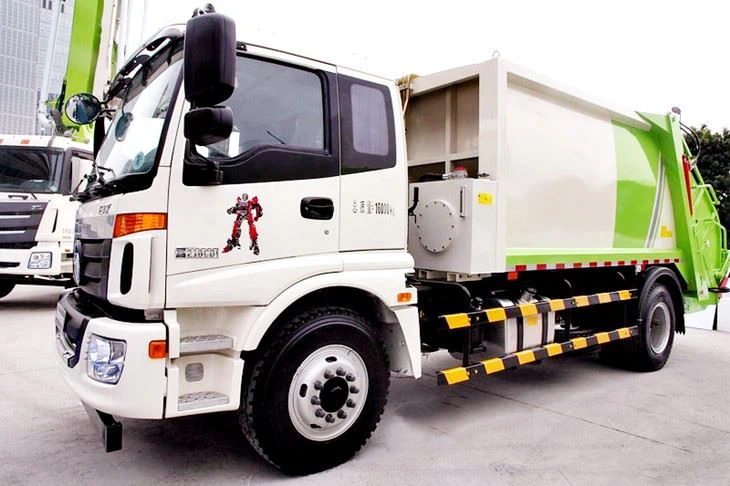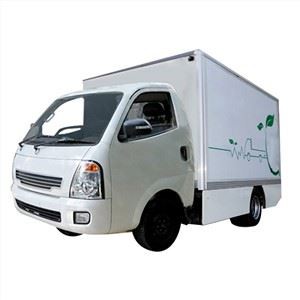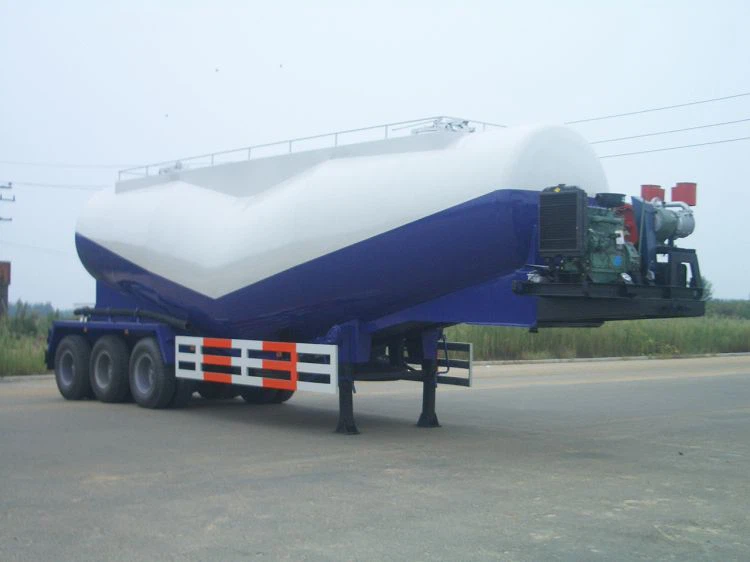Comprehensive Guide to Fuel Tanker Truck Specifications PDF

Introduction
Fuel tanker trucks are essential vehicles in the transportation and distribution of various types of fuels. Whether for gasoline, diesel, or other petroleum products, understanding the specifications of these trucks is crucial for manufacturers, operators, and consumers. In this article, we will explore the various specifications of fuel tanker trucks, the design considerations, safety standards, and much more. This guide aims to equip you with comprehensive knowledge about fuel tanker trucks, with specific focus on locating and understanding specifications in PDF format.
The Importance of Fuel Tanker Truck Specifications
Understanding Specifications
Fuel tanker truck specifications provide detailed information about the truck’s design, capacity, safety features, and regulations. Having access to specifications in PDF format makes it easier for stakeholders to quickly reference and share crucial information.
Stakeholder Benefits
– **Manufacturers** can understand the market standards and requirements needed for building compliant tanker trucks.
– **Operators** gain insights into the best maintenance practices and operational requirements.
– **Regulatory bodies** can verify compliance with safety and performance standards.
Key Specifications of Fuel Tanker Trucks
1. Tank Capacity
The capacity of a fuel tanker truck is typically measured in gallons or liters. Common capacities include:
| Capacity Type | Gallons | Liters |
|—————|———|——–|
| Small | 1,500 | 5,678 |
| Medium | 3,000 | 11,356 |
| Large | 5,000 | 18,927 |
Understanding tank capacity is crucial for logistics management, ensuring that the truck can carry an adequate amount of fuel for its routes.
2. Dimensions and Weight
The overall dimensions of a fuel tanker truck influence both its capacity and transportability. Typical specifications include:
– **Length:** 40-50 feet
– **Width:** 8-10 feet
– **Height:** 10-13 feet
– **Weight:** Up to 80,000 pounds, depending on payload and configuration.
Exceeding these dimensions can lead to legal issues and safety risks on the road.
3. Construction Materials
Most fuel tankers are made with specific materials designed for durability and safety. Common materials include:
– **Aluminum:** Lightweight and resistant to corrosion.
– **Steel:** Strong and durable, often used for heavy-duty applications.
– **Composite Materials:** Provide strength while reducing weight, improving fuel efficiency.
Selecting the right material affects not only the truck’s weight capacity but also the costs involved in construction and maintenance.
4. Tank Design
Fuel tanks come in various designs, including:
– **Single Compartment Tanks:** Used for transporting a single type of fuel.
– **Multi-Compartment Tanks:** Enable the transport of different fuel types simultaneously.
– **Baffled Tanks:** Equipped with internal baffles to minimize fuel movement and improve stability.

Each design serves specific operational needs, influencing the choice depending on the expected usage.
5. Safety Features
Safety is paramount in the design and operation of fuel tanker trucks. Key safety features include:

– **Pressure Relief Valves:** Prevent excessive pressure build-up in the tank.
– **Overfill Protection:** Prevents spillage during filling operations.
– **Emergency Shut-Off Systems:** Enables rapid shutdown in case of an incident.
– **Reflective Markings and Lights:** Enhance visibility for other road users.
Adhering to safety regulations not only protects the driver but also minimizes risks to the public and the environment.
6. Regulatory Compliance
Fuel tanker trucks must meet various regulations at the local, state, and national levels. Compliance ensures safe operations and minimizes legal liability. Important regulations include:
– **DOT (Department of Transportation) Regulations:** Cover vehicle specifications and safety requirements.
– **EPA (Environmental Protection Agency) Regulations:** Focus on emissions and environmental protection.
– **FMCSA (Federal Motor Carrier Safety Administration) Standards:** Govern commercial driver’s licenses and trucking operations.
Staying updated with these regulations is essential for safe and compliant operations.
7. Maintenance and Inspection
Regular maintenance and inspections are necessary for any fuel tanker truck to function optimally and safely. Recommended practices include:
– **Daily Inspections:** Check for leaks, pressure levels, and general wear and tear.
– **Scheduled Maintenance:** Adhere to manufacturer guidelines for routine service (e.g., oil changes, brake inspections).
– **Safety Equipment Checks:** Regularly inspect emergency systems to ensure they are operational.
Keeping a maintenance log is crucial to track the service history and identify potential issues before they become serious problems.
8. Fuel Efficiency Considerations
Fuel efficiency is a significant consideration for operators seeking to minimize operational costs. Factors influencing fuel efficiency include:
– **Engine Type:** Fuel-efficient engines consume less fuel.
– **Aerodynamics:** Streamlined designs reduce drag and improve mileage.
– **Load Weight:** Carrying excess weight directly impacts fuel consumption.
Operators can implement these considerations to enhance sustainability and reduce expenditure.
9. Cost of Ownership
Understanding the total cost of ownership (TCO) of fuel tanker trucks includes the purchase price, maintenance costs, insurance, fuel costs, and regulatory fees. Here is a brief table summarizing potential costs:
| Cost Type | Estimated Cost (Annual) |
|———————–|————————-|
| Purchase Price | $100,000 – $300,000 |
| Maintenance | $10,000 – $30,000 |
| Insurance | $5,000 – $15,000 |
| Fuel Cost | Variable |
| Regulatory Fees | $1,000 – $5,000 |
Evaluating these costs helps operators make informed budgeting decisions.
10. Finding Fuel Tanker Truck Specifications PDF
To find detailed specifications in PDF format, several resources and strategies can be employed:
– **Manufacturer Websites:** Many leading manufacturers offer downloadable PDFs of their truck models.
– **Industry Associations:** Organizations like the National Tank Truck Carriers (NTTC) provide resources and specifications.
– **Regulatory Bodies:** Websites of the DOT and EPA often provide guidelines and compliance information in PDF format.

Utilizing search engines with keywords such as “fuel tanker truck specifications PDF” can also lead you to insightful resources.
Practical Examples of Fuel Tanker Trucks
Example 1: A Basic Fuel Tanker Truck
A 3,000-gallon capacity fuel tanker truck made of aluminum with a single compartment can carry gasoline or diesel. It is often used for local deliveries due to its size and weight.
Example 2: Multi-Product Fuel Tanker Truck
A multi-compartment truck can hold 5,500 gallons, split among different fuel types. This is advantageous for operator flexibility, allowing one truck to service various fuel needs in one run.
Frequently Asked Questions
1. What is the average lifespan of a fuel tanker truck?
The average lifespan of a fuel tanker truck is typically around 15-20 years, with proper maintenance.
2. How often should fuel tanker trucks be inspected?
Fuel tanker trucks should undergo inspections at least every 6 months, along with routine daily checks by the driver.
3. What are the common safety features on fuel tanker trucks?
Common safety features include pressure relief valves, overfill protection, emergency shut-off systems, and reflective markings.
4. Can fuel tanker trucks transport multiple types of fuel simultaneously?
Yes, multi-compartment fuel tanker trucks are specifically designed to transport different types of fuel simultaneously.
5. What size are typical fuel tanker trucks?
Typical fuel tanker trucks range from 40 to 50 feet in length with varying capacities from 1,500 to 5,500 gallons.
6. How do manufacturers determine the cost of a fuel tanker truck?
Manufacturers determine the cost based on materials, design complexity, tank capacity, and safety features, along with market demand.
